In particular, Ninh Thuan is the locality with the largest apple production concentration in the country with an area of about 1,100 hectares, an estimated output of 44,000 tons/year. Therefore, in Ninh Thuan, apple trees have contributed to creating jobs and increasing income for people. However, in recent years, caterpillars have appeared and caused quite common damage in some apple areas in the locality. Through monitoring and surveying the actual fields of the Nha Ho Cotton Research and Agricultural Development Institute, it was found that with the use of anti-fruit fly nets for apples, caterpillars tend to appear more frequently, with the ability to spread and have a more obvious impact. This is a new species that has appeared and caused local damage, so there is no synchronous management process, farmers have to use a lot of pesticides, which affects the quality of apples.
Caterpillars are omnivorous pests that harm many plants, including apple trees. Caterpillars often damage fruit, leaves, and young shoots; on old leaves, they often form cocoons to raise pupae, waiting for the day to transform into butterflies to continue their life cycle. If not detected and managed promptly, apple trees can be eaten by caterpillars, including the entire fruit and leaves. Caterpillars eat very well and reproduce quickly, in a newly hatched nest there can be up to a thousand worms and in just one night they can eat all the leaves, shoots, and young fruit. If not effectively controlled, it will greatly affect productivity and quality.
Adult caterpillar trap
The caterpillars lie under the leaves and move little. They crawl out to cause damage in the early morning or late afternoon. In sunny weather, they crawl down the stem or hide under the leaves, making them difficult to detect. This type of worm appears most often during the changing seasons. Although it does not kill the tree like other diseases, the worm attacks all the young shoots, young leaves and young fruits, more or less affecting the growth process, yield and quality of apples. To effectively manage caterpillars that harm apples, farmers should apply the following measures:
- Cultivation measures: Create canopy, prune branches for airy apple orchard, regularly prune off branches, diseased branches, old branches inside the tree trunk that are not capable of bearing fruit.
- Manual measures: Regularly visit the garden, check, detect pests and diseases promptly; manual measures to destroy pupae, eggs, and larvae of caterpillars. Collect branches and leaves with eggs and newly hatched larvae and take them outside to destroy, this is a very effective measure because each nest of young caterpillars can contain up to thousands of larvae.
- Use light traps to trap adults: Use light traps or combine 2 luring methods (luring from a distance with high intensity pale yellow light and luring close by with purple light, UV rays with a wavelength of 300 - 380nm). For light traps, combine with sticky traps or a basin of water with mineral oil on top to collect adults when they gather at the light trap.
- Protecting natural enemies: Limit the use of chemicals, do not clear the ground cover in the apple orchard, increase the planting of green manure, legumes, etc. to cover the soil and create conditions for beneficial insects and natural enemies to live and develop; do not destroy beehives and ant nests. In order to preserve biodiversity and exploit the value of natural enemies in the apple orchard.
- Chemical measures:
+ When the caterpillars grow older, they begin to disperse to cause great harm and influence; therefore, early detection for prevention will be most effective. When the caterpillars grow older, the prevention will be less effective and the cost will be higher. When necessary, some biological drugs such as Bacillus thuringiensis var. Kurstaki can be used; or alternately use the active ingredients Chlorpyrifos Methyl, Spinetoram, Emamectin benzoate for prevention. Use according to the manufacturer's recommended dosage, should be combined with mineral oil or adhesive to increase the effectiveness of the drug.
+ Spraying time: Spray the pesticide at the larval stage from age 1 to age 3 because at this stage the larvae live concentrated on the foliage, move slowly and have poor endurance. Spray the pesticide in the early morning or cool afternoon after rain.
Cong Kien
Source: https://baoninhthuan.com.vn/news/152564p1c30/sau-rom-hai-tao-va-bien-phap-phong-tru.htm


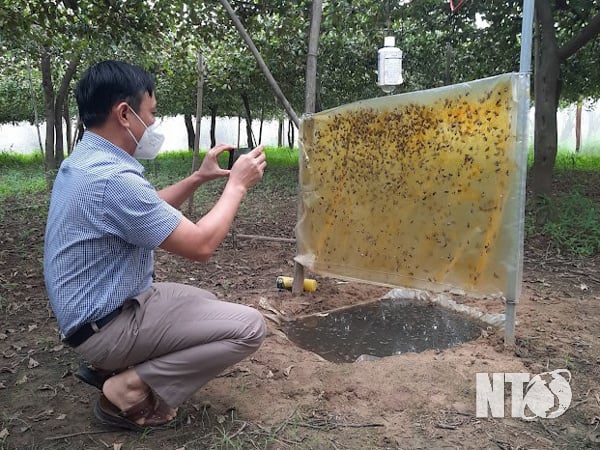
![[Photo] Prime Minister Pham Minh Chinh chairs meeting on science and technology development](https://vphoto.vietnam.vn/thumb/1200x675/vietnam/resource/IMAGE/2025/5/17/ae80dd74c384439789b12013c738a045)



![[Photo] Readers line up to visit the photo exhibition and receive a special publication commemorating the 135th birthday of President Ho Chi Minh at Nhan Dan Newspaper](https://vphoto.vietnam.vn/thumb/1200x675/vietnam/resource/IMAGE/2025/5/17/85b3197fc6bd43e6a9ee4db15101005b)
![[Photo] More than 17,000 candidates participate in the 2025 SPT Competency Assessment Test of Hanoi National University of Education](https://vphoto.vietnam.vn/thumb/1200x675/vietnam/resource/IMAGE/2025/5/17/e538d9a1636c407cbb211b314e6303fd)






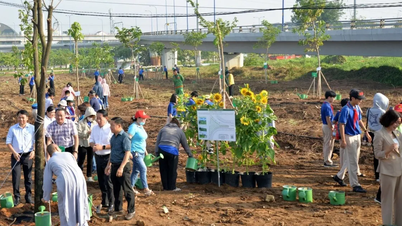

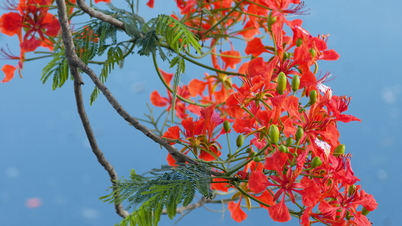

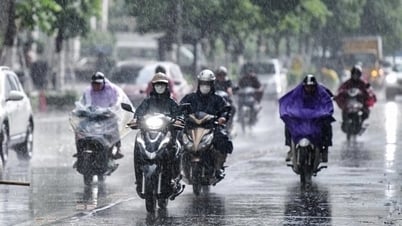






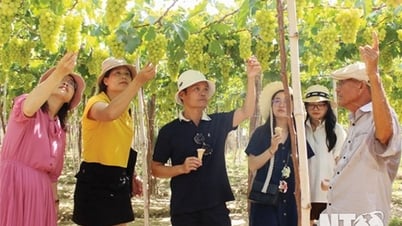
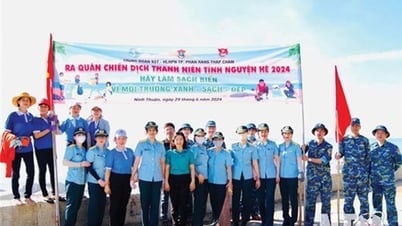

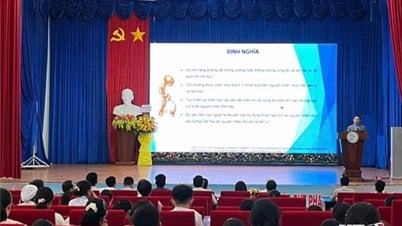

![[Photo] Nearly 3,000 students moved by stories about soldiers](https://vphoto.vietnam.vn/thumb/1200x675/vietnam/resource/IMAGE/2025/5/17/21da57c8241e42438b423eaa37215e0e)





































































Comment (0)